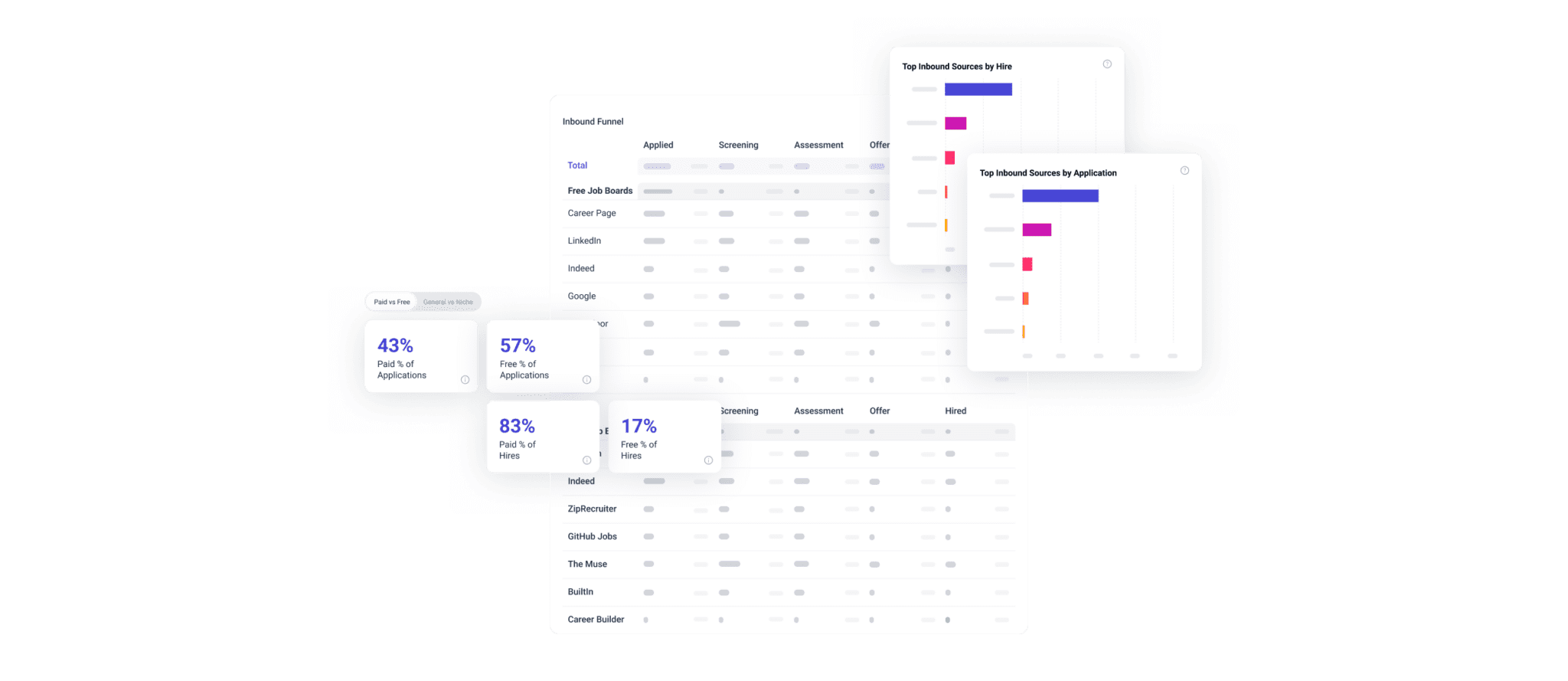Cost per hire sounds like a fairly straightforward metric. Just add up the expenses associated with bringing on a new employee and you’re done, right? Not exactly. Determining it isn’t as simple as adding up some advertising spend plus the new employee’s onboarding expenses. In fact, it’s a bit of a unicorn metric.
Put simply, cost per hire is absolutely every cost tied to a new hire. It includes obvious expenditures such as advertising costs associated with publishing an opening on an online job board. It also includes less obvious costs such as the pay of every single employee who worked on getting the employee hired, no matter how small the task was.
Cost per hire is tricky
Cost per hire could be a very useful metric to track. What hiring team (and their executive suite) doesn’t want to know how much they’re spending on each hire?
Generally speaking, you can gauge the metric by dividing total expenditures by total hires (assuming you can determine what ‘total costs’ is). That’s how recruiting teams typically determine average expense across the entire company.
However, cost per hire can vary depending on the department, job type, and the seniority level of the position. So drilling down into metrics like external costs, internal costs, costs in each department, et cetera, could give you a more granular view.
But it doesn’t end there. For any recruiting effort to be cost-efficient, that new employee has to work out. The quality of the hire, therefore, is just as important as anything else. There’s no point in spending $4,000 or so on a new employee (the Society for Human Resource Management’s estimate for average cost) if you have to spend another $4,000 or so a few months later. So including metrics like hiring manager satisfaction and first-year attrition could also be useful.
But how do you measure everything?
That’s the question. Where do you draw the line in your metrics? The complete list of factors is extensive.
It includes expenses associated with advertising (source channel cost), administration, labor, and candidate expenses (e.g., travel, housing, and transportation during the interview process). It also includes expenses associated with background checks, productivity losses during vacancies, infrastructure (e.g., a hiring team’s software), and much more.
Cost per hire depends on how you measure it. And measuring it is far more nuanced than it first seems. Which is why it’s a bit of a unicorn metric.






